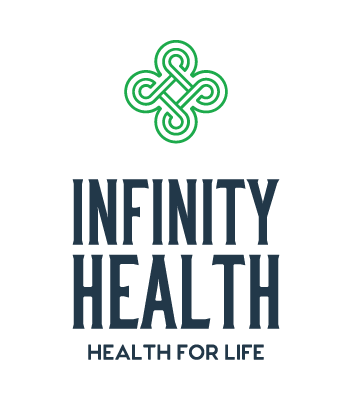Movement Dysfunction is essentially exactly what it sounds like, issues with movement and mobility. While the core muscles are often the culprit for movement disorders, in more recent years, focus has also been shed on the hips as contributors. Here are 5 steps you can take to help combat movement dysfunction by targeting the hips.
Improving Range of Motion
When a muscle is tight, the range of motion can be compromised. This change in motion track can lead to performance limitations and ultimately, injury. Tight (short) or overstretched (long) muscles are considered weakened. In order to offer optimal strength, a muscle must be at mid-length. In order to release tightened muscles or shorten up lengthened glutei, a lacrosse ball along the lateral hip is recommended.
Strengthening – Isolated
Now that you’ve loosened the glutei, it is time to focus on building hip strength. Isolated strengthening exercises are used to cue and target specific muscles. To really focus on building the strength through the glutei and hips, focus on side-lying abductions and side plank exercises.
Strengthening – Functional
The next step is to approach glutei strengthening from a functional standpoint. Combining hip and glutei strength building exercises with other muscle groups. This might include using a resistance band around the ankles or knees while walking back and forth or from side to side. Other movements to consider are lateral step ups or single leg deadlifts.
Stability
Building stability in the hip is the next step. We are looking to have the glute med stabilize the pelvis during dynamic movements. Adding plyometric exercises like speed skating or box jumps to your workout will enable you to add in the necessary stabilization efforts. Building stability will enable good movement patterns to override any compensated motions from muscle dysfunction.
Skill Building
The last step is skill. This is where choice comes in, and for many, is the best part. To use your new found hip stability and ensure your muscles remain in top condition, you must use them regularly. Depending on your sport or exercise of choice, how you develop this muscle maintenance will vary, but the premise remains the same, practice makes perfect!
If you have any questions about muscle dysfunction or hip strengthening and stability, please don’t hesitate to reach out, we’d be happy to help!

